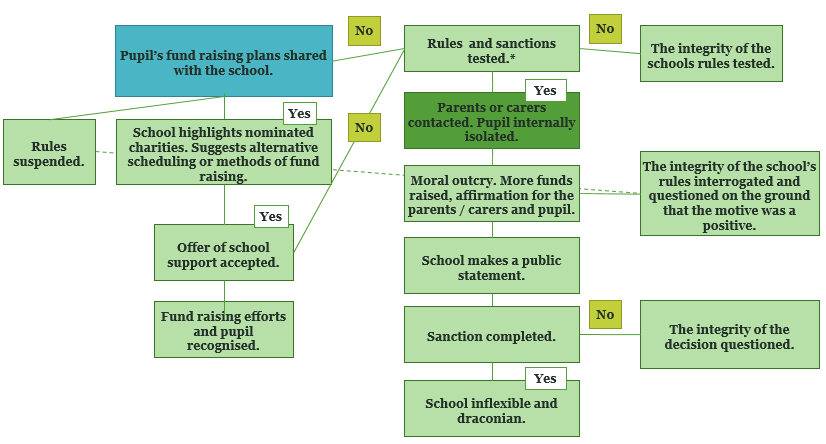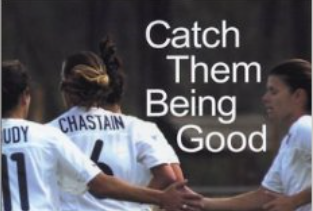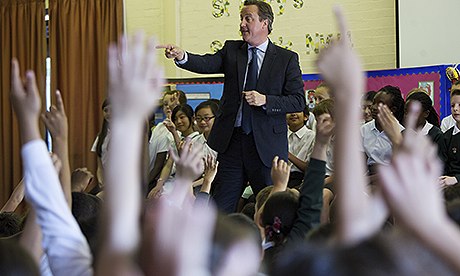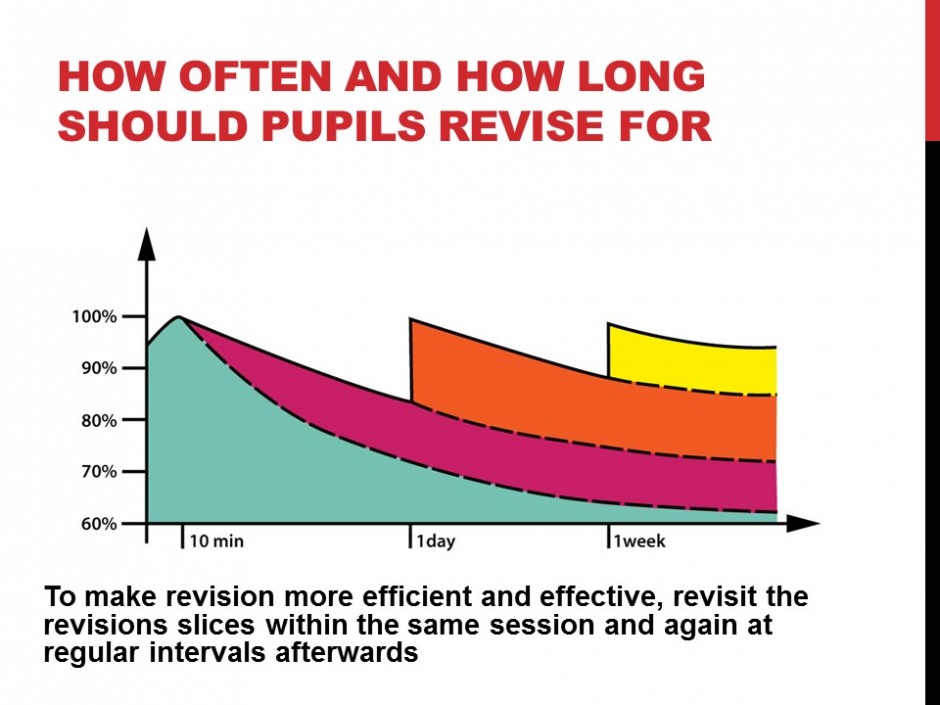Writing a blog is a public expression of one’s own opinion and I am therefore approaching this post cautiously and respectfully. I wrote this post on Sunday, left it draft to reflect upon.
Every once in a while, I read how a pupil’s charity fund raising efforts have contravened their schools rules, typically hair cuts, dyes or designs contravene “extreme,” “conventional” or “normal” definitions in school dress code rules. Upholding their rules, the subsequent response / actions of the school are questioned challenged by parents, popular opinion and/or the media. Perhaps you can understand my caution in sharing my thoughts on this particular topic but it is an important issue for me personally. What you probably may not know is that both my mother and step father have been fighting their own cancer battles, my wife’s grandmother recently lost her battle with cancer, that Wednesday’s are the “pink day” of the week and funding raising for cancer charities is a proud family commitment. This week, following national coverage of such a dilemma, Schoolsimprovement.net polled its readers.
 A clear result in favour of exemption though not definitive, the 26% possible representing the common counter point of knowing the rules in advance or the young person being poorly advised, or many alternatives to the action taken. The 74% supporting the heavily simplified notion of the intention trumping the action.
A clear result in favour of exemption though not definitive, the 26% possible representing the common counter point of knowing the rules in advance or the young person being poorly advised, or many alternatives to the action taken. The 74% supporting the heavily simplified notion of the intention trumping the action.
What are the alternatives?
Here is the situation as I understand it and have experienced it. On two occasions I have been approached by pupils who have asked for the school to support their heads shaving fund raising efforts. Each time, our Principal was not in favour of suspending the schools rules – it is most definitely a tricky dilemma. One conversation led to the school supporting an alternative fund raising event, a cake sale, with the support of the parents and my wife’s baking prowess. The second conversations led to the pupil’s father contacting the school, angered by our lack of support for a “bloody brave,” act. The pupil agreed to move the date of her ceremonial head shaving to the last Friday afternoon of term, allowing for 9 days re-growth. In respect, we supported her fund raising effort with a footnote link to her just-giving page in the school communication / Facebook page. The parents did not support or agree with our actions though accepted them. Just a few possible suggestions. However, as reported, this was not quite the case in the most recent Schoolimprovement.net example. In this case, the school were not aware of the planned fund raising action.
In the situation where the “Rules and sanctions are tested,” where schools are not aware of back-story or circumstances, the point to pause and investigate is highlighted in dark green.
As I wrote earlier this week, it is not how quickly we come to a decision that matters, but that we come to the right decision. The typical firing of this dilemma / debate comes with the issuing of the sanction, most frequently reported as internal isolation. It is the internal isolation that leads to the moral outcry, that leads to the interrogation of rules – and a significant hike in funds raised. Such is the moral disfavour.
This altruistic situation in particular presents a real opportunity for the school to discuss “good-mistakes.” I first encountered the term reading Catch Them Being Good by Tony DiCicco. In sport, as in life, players are required to make many decisions. Certainly with young players, as with teenagers, poor execution of a technique can often masks many correct judgements. The right pass, to the right player, at the right time but under hit, is intercepted. Chastised the player concludes, incorrectly, not to try that pass again. Coached well, the player continues to develop their ability to judge the weight of pass and tries again. Could the analogy apply here.
Understanding the back-story and knowing the pupil is imperative. Why did they shave their head? Who and why were they “supporting?” What is the relationship with this charity / person? What were they motives? Did he consider the school rules? Had he discussed his actions with his parents or carers? Having this information at hand before speaking with the parents at the very least show due diligence and for the sake of a conversation.
Then follows a structured and planned conversation, with a good pinch of common sense, recognising the “good-mistake” and the need recognise that the rules are broken. How could this be resolved?
Unlike the poll, I am not in favour of exemption. What course of action is available?
Pending the individual circumstances…
An assembly outlining “good-mistakes.” The intention taken into account. An adjusted sanction.
A memo that outlines the positive and negatives of the pupils actions?
A statement of apology from the pupil for breaking the school rules, recognition of the “good intention” coupled with a suspended sentence?
A shortened sentence?
As for no action. I am not sure that is the best response either. There are lots of ways to show support the work of our amazing Cancer charities.
In all this, let’s not forget the pupils who cut off their hair, for charity, within the rules.
[qr_code_display]



Hello! An interesting post, and I think your approach is a positive one. Just one thought though – I appreciate how the shaved head is a very powerful symbol for showing support for a Cancer charity, and indeed is a very simple way to do something brave to raise money, but if, as you suggest, families should discuss it with the school first, couldn’t the school also recommend alternatives to head shaving which could still raise money without creating the clash of principles in the first place…? As I say, I do appreciate the potency of the shaved head in this case.
Thanks and appreciate the comment. I see your point of view however in the instance in the press recently the student arrived at school after having his head shaved. At this point its a far tricky situation.